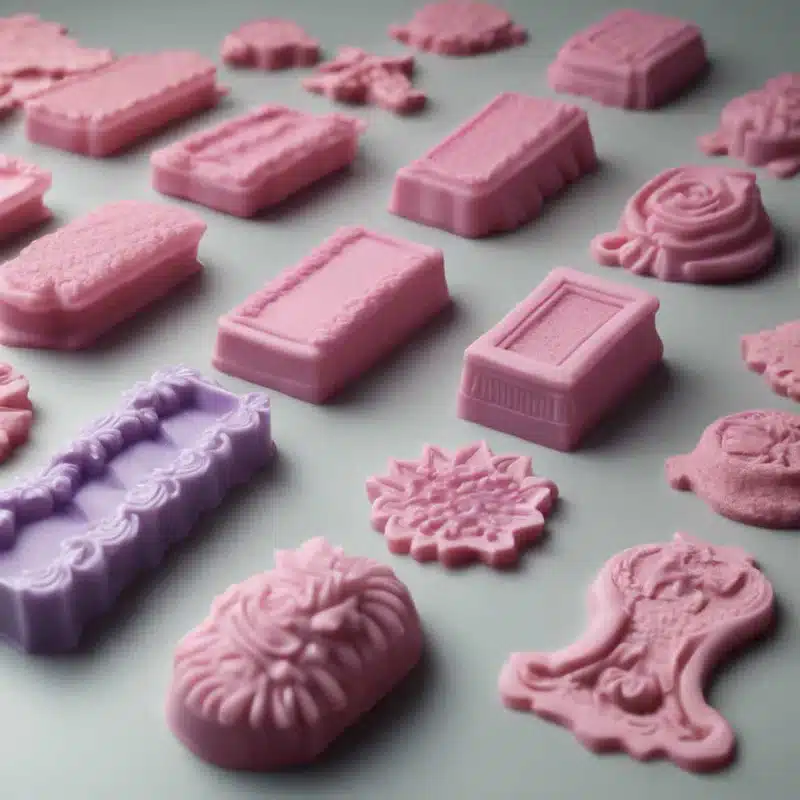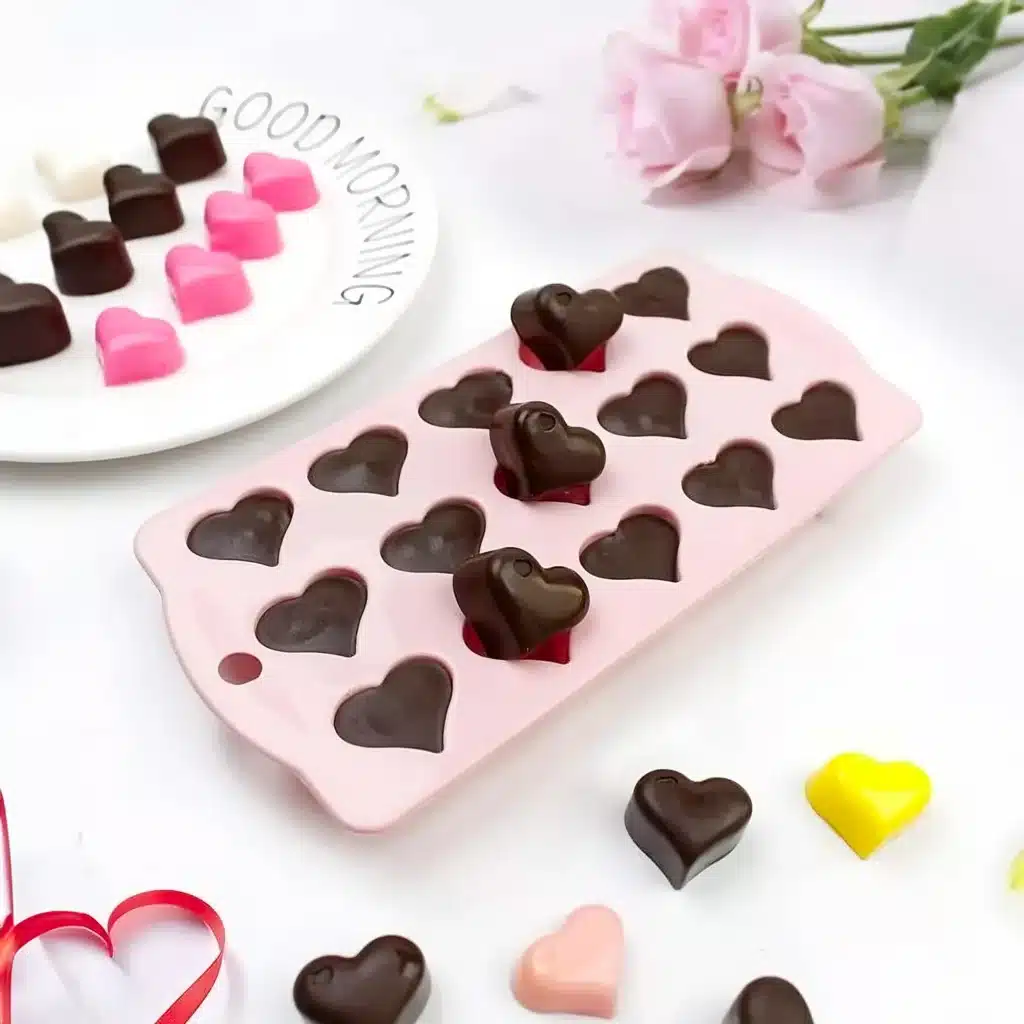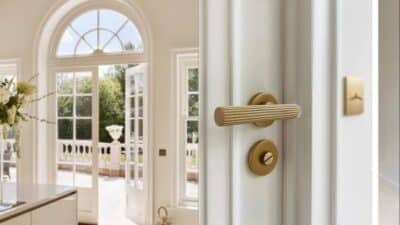Custom silicone molds help people create unique home decor items by allowing them to shape materials into almost any design they can imagine. They can use these molds to make candle holders, planters, wall art, or even decorative trays that match their tastes and style. These molds are easy to use and make it possible to achieve professional-looking results without much effort.
Another reason custom molds are popular is the wide range of possibilities they open up for design and creativity. Anyone looking to add a personal touch to their space can explore custom silicone molds for your unique designs. This lets them make home decor items that are truly one-of-a-kind and fit perfectly in any room.
Custom molds made from eco-friendly and non-toxic materials help keep the focus on both safety and creativity. Whether making something special for personal use or as a gift, the design options with these molds are nearly endless.


Benefits of Custom Silicone Molds for Unique Home Decor
Custom silicone molds offer a way to explore new shapes, patterns, and designs for many home decor projects. These molds help create pieces that look both polished and unique, while supporting creative variety and precise duplication.
Personalization and Creativity
Custom silicone molds make it easy to add a personal touch to home decor. People can choose every detail, from the shape to the texture, leading to items that reflect their style or match the look of a specific room. For example, decorative candles, trays, or planters can feature unique patterns and colors that ready-made products do not offer.
The flexibility of silicone lets users try out complex shapes or repeat small details. It is possible to make geometric coasters, flower-shaped soaps, or sculpted wall hangings, all from a single idea. Custom molds also support artistic projects for events or gifts, as users can produce memorable, one-of-a-kind items.
With custom designs, home decorators are not limited by store-bought options. This opens the door to fresh and inventive home decor that can feel truly special.
Consistency and Reproducibility
One of the main advantages of using custom silicone molds is their ability to repeat the same design multiple times. This is especially helpful when someone wants a matching set of the same home decor item, such as several identical flower pots or candle holders.
Silicone molds are flexible, which makes it easy to remove the finished product without breaking or damaging it. This flexibility also prevents mistakes and keeps the details clear every time a new item is made. Users can expect each product to be almost the same as the last, which helps in building collections or sets.
Those who want custom home decor for events, sales, or gifts can produce items in bulk without losing quality or shape. Designs can be duplicated with little change in size, detail, or finish, which saves both time and effort.
Material Versatility and Safety
Custom silicone molds work with many different materials, including resin, concrete, plaster, wax, and food ingredients. This variety means that users can experiment with different looks and textures, such as smooth, glossy trays or rough, stone-like vases.
Silicone is non-toxic and safe for situations that involve food, such as making edible decorations, chocolate, or ice shapes. It does not react with most materials, so it is a good choice for artists and hobbyists who switch between substances. Since silicone can handle both high and low temperatures, it fits into projects that need oven baking or freezing.
With strong resistance to tearing and wear, a well-made silicone mold lasts through many uses. This makes it practical for home decorators who want to use a single mold for several projects over time.


Steps for Designing and Using Custom Silicone Molds
Making home decor with custom silicone molds involves choosing the right materials, turning creative ideas into shapes, and using effective casting methods. Each step helps shape the final look and durability of the finished piece.
Choosing the Right Silicone for Home Decor Projects
Selecting the correct silicone depends on the type of decor item and its use. Silicones for mold making come in different types such as tin-cure and platinum-cure. Tin-cure silicone is cost-effective and suitable for simple decor items. Platinum-cure silicone is more flexible and lasts longer, making it better for molds used many times.
Look at the firmness or softness of the silicone, known as its shore hardness. Softer silicone is easier to bend and works well for pieces with lots of detail. Harder silicone helps keep the mold shape and works best for larger, flat surfaces. If the decor item gets hot, like a candle holder, use silicone that can handle high temperatures.
Temperature resistance, cure time, and whether the silicone is food safe may be important depending on the project. Read the instructions on the package to check for these features.


Designing Custom Mold Shapes and Patterns
Start by sketching the design. This can be a drawing or created using modeling clay. Think about the texture, patterns, and size needed. A plain geometric shape is simpler to make, while detailed designs need more careful planning.
Create a model, or “master,” of the item. This model is put into a box or container slightly larger than the master, leaving space for the silicone to flow around it. Make sure the container has no holes or gaps so the liquid silicone doesn’t leak out. Use tape or glue to seal the edges if needed.
Consider using basic tools like plastic sheets, foam boards, or even plastic containers from around the house. Clean the master and mold box well, since dust or oil can affect the mold’s surface. Planning how the mold will be opened and closed later will help release the finished piece easily.
Casting and Finishing Techniques
Once the silicone mold is ready and fully cured, carefully remove the master from the mold. Wash and dry the mold before use. To cast, pour the chosen material, like resin or plaster, into the mold, filling all details and corners.
Let the casting material set for the time shown on its label. It helps to tap along the outside of the mold to release any air bubbles. When the piece is solid, gently bend the mold or slide it out.
After removing the decor item from the mold, cut away any extra parts or rough edges using scissors or a craft knife. Sand the piece lightly if you need a smoother finish. If painting or sealing the decor item, wait until it is completely dry. These finishing steps give a clean and polished look, making the item ready for use or display.
Conclusion
Custom silicone molds help people create home decor items in almost any shape or size they want. They offer flexibility, letting creators design and adjust each piece to fit their style or space.
With silicone molds, it’s easy to make detailed and creative decorations for walls, shelves, and tables. The smooth release of finished pieces also means less time spent on cleanup or repairs.
This approach works well for both simple and complex projects, making it a popular choice for crafters, artists, and hobbyists. Custom molds make it simple to personalize home decor in fun and practical ways.
- 0shares
- Facebook0
- Pinterest0
- Twitter0


